A new report claims that Apple has loosened up testing requirements for the Face ID sensor array to improve yields of both the dot projector and the lenses associated with the system — but given the timing of the iPhone X unveil and a white paper about the security of the feature, the technology is still 20 times less prone to false positive identification than Touch ID.
A report published on Wednesday morning by Bloomberg points to Apple's Face ID-related hardware, including lenses and the VCSEL lasers needed to drive the system being at the core of any possible iPhone X supply constraint. The account claims that problems began early, with Finisar failing to meet Apple's specifications for the laser component, cutting Apple's suppliers back to Lumentum and II-VI.
The iPhone X is "an aggressive design," according to sources familiar with the matter cited in the report, with a "very aggressive schedule." As part of the component supply problems, according to more unnamed sources, Foxconn reportedly pulled as many as 200 workers off an iPhone X production line.
It is not clear where or how Bloomberg sourced the data used for the report, or how accurate it is. Assuming the claims are accurate, it is also not clear when the decision was made.
Given relatively long production times needed for VCSEL components used for Face ID, Apple in all likelihood would have needed to make any decision on test parameters before the Sept. 12 reveal to make a November ship date. If so, that means that the one in a million accuracy figure cited for Face ID in a white paper discussing security of the feature remains legitimate.
Apple notes that Touch ID has a one in 50,000 accuracy rating — which was more than sufficient to court financial services for Apple Pay.
The report claims that Sharp is working to bring the yield for infrared dot projectors to above 50 percent, with LG Innotek already exceeding that number. Apple is also reportedly working with Himax Technologies to increase the number of lenses available from the previous sole-supplier Heptagon.
Apple's iPhone X features a 5.8-inch Super Retina OLED display, the A11 Bionic processor, and the apparently hard-to-produce 3D-sensing TrueDepth camera at the core of the Face ID technology. The device ships Nov. 3, and starts at $999 without any promotions.
The TrueDepth camera system maps the geometry of the user's face using "advanced technologies," which consists of an infrared camera, a 7-megapixel camera sensor, a flood illuminator, and a dot projector. Confirming the attention of the user by detecting the direction of their gaze, Face ID then uses neural networks to match and prevent spoofing attempts to unlock the phone, with the system automatically adapting to changes in the user's appearance over time.
 Mike Wuerthele
Mike Wuerthele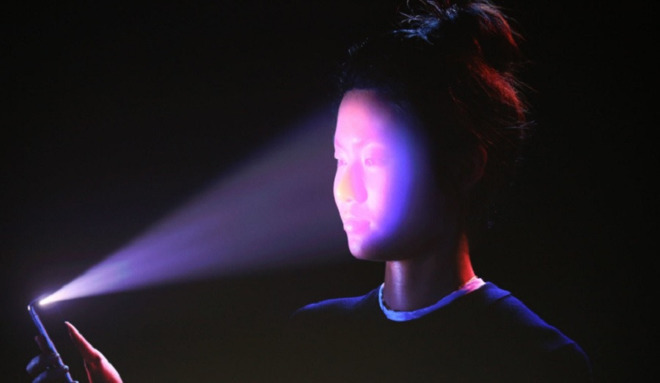




-xl-(1)-xl-xl-m.jpg)


-m.jpg)





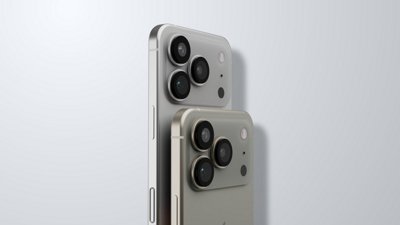
 William Gallagher
William Gallagher

 Sponsored Content
Sponsored Content
 Amber Neely
Amber Neely
 Malcolm Owen
Malcolm Owen
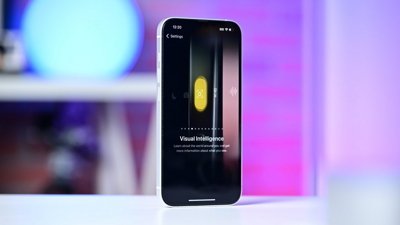

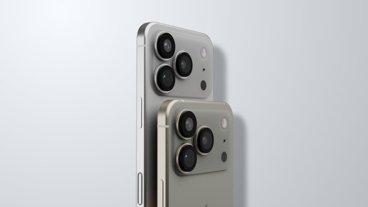





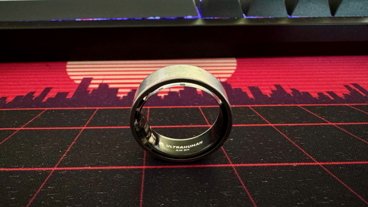


39 Comments
I think this is the 3rd negative report on the X from Bloomberg. Somebody wants the X to fail.
Increasing the likelihood of flawed sensors on the assembly line to improve production rates?
Sounds fishy.
Still better than Touch ID? Why, because it's still 1:1,000,000 vs. 1:50,000? In practice that's not significant. Is it more practical than Touch ID, that is the question, and that remains to be seen.
From the article:
So according to the article Apple knew months ago that there were production issues, but did nothing about that and then only chose to dial back the spec of a bottleneck component at the 11th hour? That's bullshit.
Then later in the article:
"About a month ago, Foxconn Technology Group pulled as many as 200 workers off an iPhone X production line."
So according to the article, despite Apple knowing about production issues for months, that as recently as a month ago production capacity was still being over estimated. That's also bullshit.
To take this report at face value means that Apple just sat by and watched for months while production capacity wasn't being met, even though they've been working on the Face ID tech for 5+ years and the iPhone is their most commercially important product.
There are plenty of useful production reasons for the November launch other than working around a strained component supply. The later launch of the X means that Apple can distribute the shared components of the 8 and X to produce the optimal number of units of each. The factories which build iPhones are running at capacity during iPhone manufacturing, bringing the 8 and the X to the market at the same time is an untenable one-time production boost, especially so because many of the skilled workers are needed for both the 8 and the X.
Apple had a very high end version they had to stop making, Siri kept saying "I see dead people..." /kidding